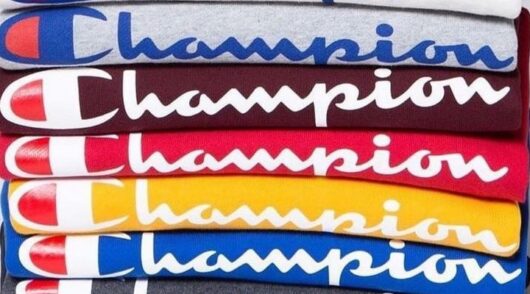August can best be described as a steady month for retail, with growth in overall retail sales coming in at a respectable 2.5 per cent.
This is somewhat lower than the 4.2 per cent uplift produced in July, but without the events of that month, including Independence Day and Amazon’s Prime Day, there was less to entice consumers into spending. And while the advancement is a little more modest, it has not collapsed back to the nonexistent growth of June, which now clearly looks like a blip rather than a more serious retrenchment by shoppers.
Core retail sales increased by 3.3 per cent in overall terms or by 1.2 per cent on a volume basis. Again, this is lower than last month but is slightly above average when compared to the first three months of the year. Our perception here is that the consumer, while cautious, is still shopping and is taking advantage of lower gas prices and more deals in retail to buy things that they want as well as the essentials they need. Back to school was also helpful to sales in August, with many households having started their shopping early to take advantage of the offers retailers have put out.
There is also a very small, but interesting, uplift from an early start to Halloween. We believe retailers are pulling the event forward in a bid to generate sales and get an early bite of the seasonal cherry. As we have noted previously, consumers are looking for excuses to spend and banner events like Halloween provide this. We also expect an earlier start to the holiday season in general as a shorter window between Thanksgiving and Christmas and uncertainty around the presidential election will nudge retailers into getting merchandise onto the shop floor. These things may well give some slight lift to sales in September and October, although this may be to the detriment of the last two months of the year.
On a sector basis, sales at apparel stores increased by 2.5 per cent in value terms and by 1.9 per cent in volume terms. Back to school was helpful here, but a little uplift from consumers treating themselves was helpful. Apparel discounts and deals in August ran ahead of last year which is helping entice consumers into spending, especially as seasons turn and consumers start to refresh closets. It must be noted, however, that sales of full-price products continue to be a great deal weaker than overall sales, which is a sign of continued consumer reticence.
Sales at food and grocery stores rose by 2.7 per cent overall and by 1.5 per cent in volume terms. There are a lot more promotions across grocery which is helping consumers to manage their food budgets better. However, many households, especially those at the lower income end of the spectrum, are still very uncomfortable with the amount they are spending on food, and this is causing them to trade down, shop around more, and migrate to value-focused retailers. We do not see this behavior abating over the balance of this year.
Home-related sectors continue to be sluggish. Sales at home improvement retailers declined by 2.2 per cent and sales at furnishings stores were virtually flat with 0.2 per cent growth. Continued pressure on the number of people moving, and the high cost of finance, are acting as brakes on these categories. That said, there has been a slight increase in interest in softer furnishings as a means of refreshing and updating rooms. All of this has been helped along by more discounts and deals, which is a common theme across all retail sectors as firms try to grab their share of spending.
Non-store sales, which is largely made up of online, rose by 5.6 per cent. This is a big fall from last month’s 10.3 per cent growth which was aided by Amazon’s Prime Day and other associated online sales events. Online continues to be a very attractive channel for price comparison and bargain hunting, both of which consumers are doing more of to make their budgets stretch further.
As we enter the critical golden quarter, retail is in a reasonable place. There is still a danger that things could slow down towards the end of the year. However, interest rate cuts and falling inflation should ensure a soft landing for retail. That said, we continue to expect a growing polarization between winners and losers and some underlying pressure on margins and profits as we round out the year.






